-
Posts
838 -
Joined
-
Last visited
Content Type
Profiles
Forums
Store
Help Articles
Posts posted by jmacnaughtan
-
-
Whatever you end up doing, I highly recommend taking the fat and using it for vegetables. Suddenly, everyone seems to like Brussels sprouts when they're roasted in duck fat

I'm still using up the fat I got from the hare dinner. Using it to roast squash is very, very good.
-
 4
4
-
-
4 hours ago, nickrey said:
Vierge means "virgin" which I suspect refers to the olive oil used in the sauce. How this translates to a butter based sauce is anyone's guess.
It does mean virgin, but I'd rather take it to mean that it is not cooked.
-
5 hours ago, torolover said:
David Chang has a 2 Michelin Restaurant in NY where he simply microplanes frozen Foie Gras Torchon. It's supposed to taste amazing. It's a torchon so he preps it by salting and curing it before freezing it. I'm guessing the salt kills bacteria?
Perhaps a better question is, can I safely eat raw Foie Gras? If I microplane the frozen Foie Gras, I'm essentially eating it raw.
Foie gras en torchon isn't cured; it's seasoned and then poached, wrapped in fabric (hence the torchon). I don't think you'd have too much of a problem eating raw foie gras though, as you can eat duck and goose rare without any danger.
For me however, a major part of the appeal of foie gras is the beautiful texture in both hot and cold preparations. I'm just not sure what grated frozen foie gras would really add to a dish.
But by all means try it out and tell us what happens. Then cook the rest and enjoy it

-
19 hours ago, torolover said:
I have some frozen foie gras in the freezer. Can I simply microplane the frozen foie gras?
I haven't cleaned it, or salted it before putting into freezer. Is this safe?
Thanks!
This may be a silly question, but why would you microplane foie gras?
-
 1
1
-
-
17 hours ago, Jim D. said:
But my issue is that I already have some good and completely smooth pistachio paste, from which I now want to make pistachio praline paste--and from that, pistachio gianduja. It seems logical to me that I should make a caramel (just the caramelized sugar, not a full-fledged caramel with cream) and add it to the paste, but I'm not sure what will happen because I can't think of any analogous techniques. I am guessing that heating the pistachio paste may help prevent the immediate seizing of the caramel. Obviously experimentation is in order. Any insights would be appreciated.
I'd be worried about the paste splitting if you do it like that.
It might be worth mixing the paste directly with tempered chocolate - you'll retain more of the flavour of the pistachio, and it'll be less sweet. I'd probably want to use white chocolate anyway, so as not to drown out the flavour and colour.
-
 1
1
-
-
On 20/11/2016 at 2:56 PM, Jim D. said:
I'm interested in trying that flavor, but don't see anywhere to order it. How would you suggest it be made? Make a caramel and add that to some pistachio paste?
I would have thought it would be made the normal way - cook the pistachios with sugar until they caramelise, then grind.
-
-
1 hour ago, Baron d'Apcher said:
As it pertains to flour, it should be specified that it applies to white button mushrooms rather than other cultivated/wild varieties.
While I do not know the exact science other than the prevention of oxidation, "cuire dans un blanc" (as opposed to "cuire à blanc" or "blind bake") is a French technique for cooking vegetables such as artichokes (and occasionally offal; sweetbreads I think) in which the liquid is supplemented with lemon juice to lower the pH (make it more alkaline, keep the vegetable firm) and a starch (flour). I believe that the addition of flour to the water makes the cooking liquid opaque and thus limits oxidation through light and any addition of fat (oil/butter/animal fat) limits oxidation through contact with the air. But I could be convinced otherwise.
In Japanese cooking, raw suchi ice is often added to the cooking liquid of bamboo shoots to keep them light in color and to remove the bitterness, as with artichokes, though I have yet to supplement flour with rice.
This leaves me wondering if adding baking soda to my mushroom poaching liquid will have any affect...
Cooking with flour is a technique I've heard of, but I've never actually seen done. I get the feeling that it's been replaced by cooking in a small quantity of water with butter added.
There's a recipe in one of my Japanese cookbooks that calls for small turnips to be cooked in rice washing water, presumably to ensure they stay white. I imagine it must be to do with the starch.
Why would you add baking soda, though? If anything, that should act more as a tenderiser.
-
I agree with Anna N. Life is too short to argue about washing mushrooms.
However, I did see an interesting technique where girolles are (washed briefly and) cooked twice - the first time just in oil, to throw off the juice, and later in butter with seasoning, etc. The juice is then used as the basis for a sauce. It's in French, but the mushroom cooking starts at around the 3-minute mark.
I like the idea that liquid coming out of your mushrooms is not inherently a bad thing.
-
 1
1
-
-
Structurally, no. But you might want to modify the seasoning (sugar, salt, zest) if you're just using blueberries. They can be very bland. Also, they tend to release less moisture than other berries, so you may need less flour.
-
On 05/11/2016 at 2:26 AM, Baron d'Apcher said:
Well done sir (insert applause emoticon).
Consider "Coq en pâte" (heureux come un coq en pâte), Oreiller de la Belle Aurore, Coulibiac, a stuffed fish "Bellevue" or anything in the last chapter of Daniel's last cookbook "My French Cuisine".
My word, I am in awe of that Oreiller. How I lived in Lyon for so long without hearing about that leviathan, I don't know. That alone is worth the trip down.
That is, unfortunately, a little too ambitious for me. All of the others are fine suggestions, but ever since my last trip down to Lyon I've had my eye on possibly the finest thing I've ever tasted in pastry, the pâté en croûte at Danielle et Denise: http://www.terroirsdechefs.com/toutes-les-recettes-de-saison-regionales-et-du-terroir-des-grands-chefs-cuisiniers-de-france/toutes-les-recettes-des-grands-chefs-de-cuisine/Joseph-Viola/Pate-en-croute-de-foie-gras-de-canard
I'll have to pick up a copy of that as well

-
1 hour ago, Kouign Aman said:
I've never seen a grate-able formerly soft cheese before, unless I accidentally created it myself by forgetting about it in the cheese drawer.
I'd guess its french ... ?
It is. It's extremely local - you don't actually find it anywhere outside of the region it's produced, possibly because it is rather... pungent. It's called Brie Noir, and it's Brie that's been aged for around a year. It's an interesting cheese, but you need something pretty strong to wash it down with

-
 1
1
-
-
42 minutes ago, Okanagancook said:
Well done!!
Your meal looks amazing. A lot of planning and work.
Thank you for sharing.
Thanks! It was an interesting project. Admittedly, I don't think I'll be doing it again for another year or so; but it's a good party dish for when you've got to serve a lot of people. I think that if I'd had a larger hare (another kilo or so), this would probably have served at least fifteen.
Now I need another project

-
 1
1
-
-
Saturday rolled around. It was a fairly special dinner, so the table was set accordingly.
The hare had been resting for around 24 hours. The ballotine was a little narrower than I'd hoped for, but I imagine that this is mostly to do with the size of the original hare - mine was only around 2.7kg. In total, the rolled hare measured around 40cm, so I sliced it into 3cm thick pieces so I could serve ten comfortably without having to serve the foie gras-less end pieces.
In the photo, you can clearly see the loins, the foie gras, and the stuffing, including the pieces of back fat and bacon. I was happy with that
 They were then placed on small pieces of baking paper to make it easier to get them out, then put in a covered baking tray and heated for 45 minutes at 80°C.
They were then placed on small pieces of baking paper to make it easier to get them out, then put in a covered baking tray and heated for 45 minutes at 80°C.
While that happened, I made the sauce by reducing a bottle of Madiran with six shallots by two thirds, and reducing the defatted cooking liquor down to about half a litre (bear in mind, I used 3 litres of wine to cook the hare). They then were combined, and the hare's liver, heart, lungs and kidneys were added to the simmering sauce. After a couple of minutes, I blitzed it all together and strained it. Normally, you thicken the sauce at the end with more of the hare's blood. Unfortunately there was very little to start with, and this had to be used to bind the stuffing, so I used a small amount of cornflour slurry to thicken it. It was finished with butter. Once this was prepared, it was time for the apéro and starter, leeks vinaigrette:
Then the star of the show, the lièvre à la royale:
It's served with mashed potatoes (1.5kg potatoes, 500g butter), the sauce and some meatballs I made with leftover stuffing. This being France, it was followed by cheese to go with the remaining wine (various cheeses, including Coulommiers, Brie Noir, Cantal, etc.). No photos, but you get the idea. Dessert was a bûche:
It included:
A flapjack base
Spiced dried fruit tajine
Vanilla and cinnamon chantilly
Various glazes.
The dinner ended with coffee, chocolate, Calvados, Nikka whisky and much merriment. These were the casualties (there were ten of us, after all):
-
 13
13
-
-
So this is what it looked like on Friday. The hare had been left to cool overnight in the cooking liquor, then removed (very) carefully from the fish kettle. The liquor was poured into a bowl and left to sit in the fridge, so I could later remove the thick layer of fat that had accumulated.
The bandages were removed, then the bard fat and finally the trussing string. Surprisingly, the fat was still pretty much intact. It was fragile, but I could have unwrapped it in one piece. The string came out relatively easily - I cut it into a few pieces, and managed to pull them out without too much damage.
I then wrapped it tightly in a couple of layers of film to make it as cylindrical as possible. This ballotine was left to firm up overnight in the fridge.
Apologies for the photo quality. They were taken from my phone. Then again, it's not the prettiest part of the process.
-
 3
3
-
-
So. The hare was completed over the course of Thursday to Saturday, and it was a success! The various photos and videos are a little dispersed, so I'll post them as I get them.
Here's a video which sums up the process from deboning to cooking the hare. The editing is a little choppy, but bear with me.
I bought and deboned the hare on Wednesday, then left it to marinate in Armagnac, thyme etc. The bones went into 3 litres of Cahors with onions, carrots, peppercorns, juniper, pink peppercorns, bay and thyme to steep overnight.
On Thursday, I roasted off the bones in a large pot, added a little flour, added the aromates to roast further, added some tomato purée then covered with the wine and left to simmer for a couple of hours. In the meantime, I stuffed the hare with stuffing (sausagemeat, back fat, smoky bacon, chicken livers and hare's blood) and a whole foie gras, split down the middle.
My apologies to Baron d'Apcher. I didn't follow your advice, simply because my freezer was too small to fit the hare. So I trussed it, then wrapped it up and let it cook for 7 hours at no higher than 90°C, leaving it to cool in its own cooking liquor. The flat smelled very, very good all day on Thursday.
I'll post the next steps when I get the photos

-
 5
5
-
-
Here's another one - it's the first ten minutes or so. You can at least see the size and shape of the hare

-
 2
2
-
-
So, I picked up the ingredients today and deboned the hare. It's a startlingly messy, smelly process, but I did a fairly decent job if it. I think I spent around half an hour to 45 minutes doing it, mainly worrying about piercing the skin. I filmed part of the process, and this little clip shows the end result. There's a longer video that shows the beginning of the process (the camera shut off after 10 minutes or so), and I'll try and upload that later.
The other person in the video is my better half. She was not impressed by the sight or smell of the hare.
Unfortunately, the hare was a little smaller than I expected, so I'll up the stuffing a bit. At present, it is marinating in salt, pepper, thyme, armagnac and olive oil, and the bones have been chopped up and are steeping in some rough, rough Cahors wine and various aromates. Tomorrow I'll brown them off and cook them in the wine, make the ballottine and cook it.
-
 3
3
-
-
6 hours ago, Baron d'Apcher said:
Consider using cheesecloth (or large sheets of gauze, which are also sterile) to wrap up the critter, again, just like a Tootsie roll (or Carambar) and toque the ends tightly with string. Then truss the length to keep its shape.
Bon Courage.
Thanks. I'll see if I can get my hands on some - it can be annoyingly difficult to find here. The pharmacy should have gauze or plain bandages, at least. I watched another guy do the recipe on YouTube using baking paper, and the results were not great.
5 hours ago, Okanagancook said:I love recipes like this. I will be following with great interest. I have made the duck roulade from Thomas Keller I think it was. Problem with dishes like this, is you need a good crowd to consume it...very rich. Are you planning a feast for your friends?
Excellent! There are going to be 10 of us round the table. A little more than originally planned, but I've asked to get the largest hare possible. It should be enough: 1 hare, 1.2kg of sausage-meat, 800g of fat, 500g of foie gras. It's a pretty rich dish too; you don't need a massive slice

-
 3
3
-
-
-
5 hours ago, Baron d'Apcher said:
1. For pork back fat, ask your butcher or charcutier for "gras dur de bardiere". They'll have it.
2. Don't bother sewing it up. Lay the hare on the closer side of a 2' long piece of heavy duty aluminum foil and then put in all the forcemeat & such. Roll over away from you and roll the thing up like a Tootsie roll, twisting the edges nice & tight. Put it in the freezer unti it firms up -almost frozen but not a popsicle, take off the foil and wrap in the bard.
2b. Use latex gloves so that your hands don't stink for the next few days.
2c. I wish sheets of bard were readily available in the US.
Thanks. I figured that if anyone on the forum knew about this dish, it would be you

That's a good tip about the foil - I do have a trussing needle, but it's not something I've ever used. I like the idea in the video, of using a bandage to hold it together. It's not a technique I've ever come across before, but I imagine it would be a great help taking it out of the liquor without breaking it up.
And I understand about the gloves. That is something I will certainly do. Wild rabbit is bad enough, hare is pungent. The last place I worked was an 800m² fully air-conditioned traiteur/pastry site; they had 6 hares hanging for 3 days and you could smell them everywhere.
-
So I've been looking at this dish for a while, and while I've seen threads talking about where to eat it, I haven't found anyone who's actually made it. I thought it might be fun to try.
This is the recipe I've found (in French, my apologies), and there's an informative YouTube video of same. Again in French, and as a bonus in a heavy southern accent.
I'm going to pick up my hare, sausage-meat, foie gras and bard on Wednesday, and get to de-boning. I'll see if I can get my better half to take a couple of photos or videos

If anyone has done this before, or anything like it, I'd love to hear any advice you might have. As for now, I have a couple of questions for more experienced eGulleteers before I start:
1- I can't seem to get hold of the requisite pork back fat, but my butcher can provide veal kidney fat. Is this a decent alternative?
2- I've been re-watching the video and re-reading the recipe, and neither say when to remove the string used to truss the hare. Would it be better to do it after taking it out of the cooking liquor? Once it's rolled and chilled? Removing each small piece from each slice - but before or after it's reheated? I have horrific images of doing everything perfectly, then have it fall apart right at the last moment.
So any input would be gratefully received. In any case, I'll try and document the process as much as possible for future information/hilarity.
-
 2
2
-
-
-
On 28/09/2016 at 9:43 PM, boilsover said:
Or that I'm going to find friends or relatives to jointly invest in a whole Serrano ham to slice. Never seems to happen...
Why would you want to share a Serrano ham? I think one per person is a reasonable portion

-
 2
2
-




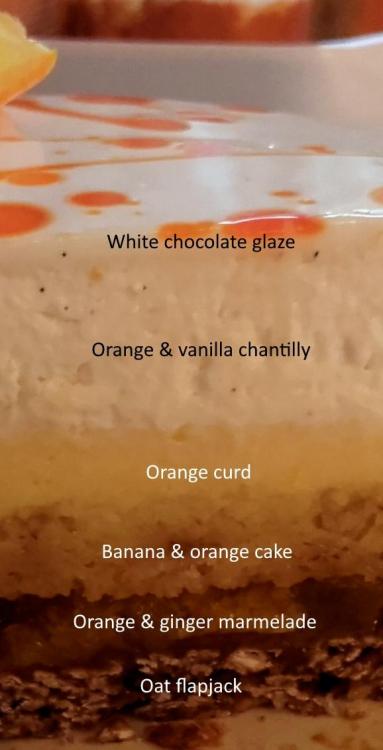
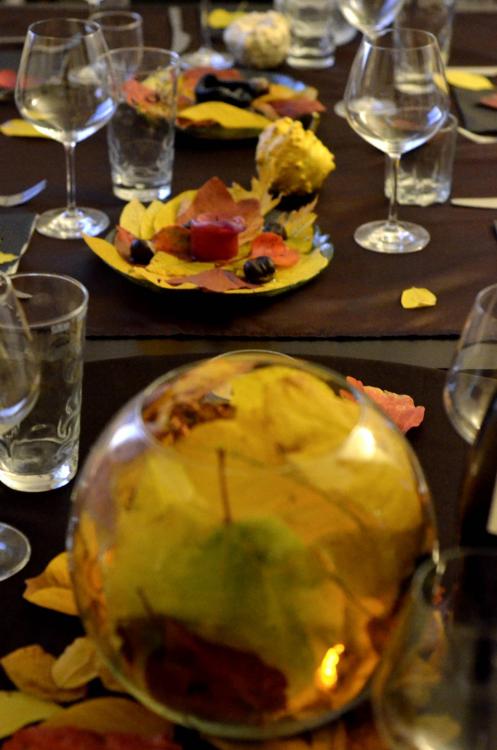


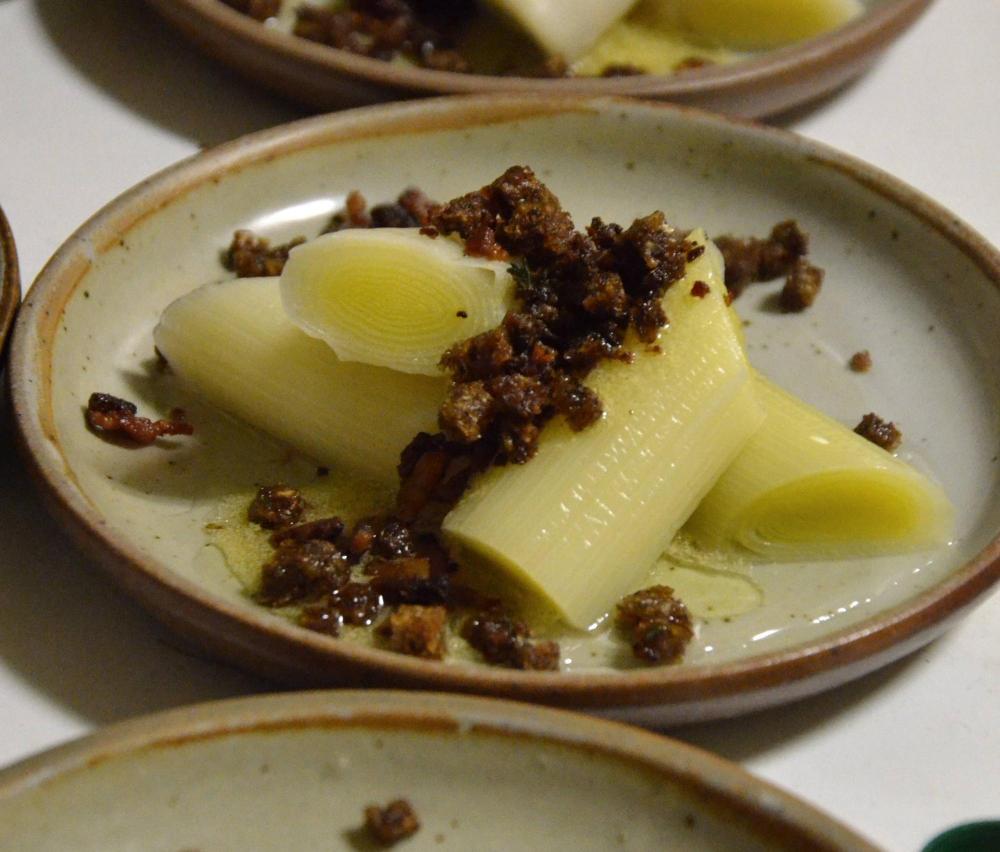
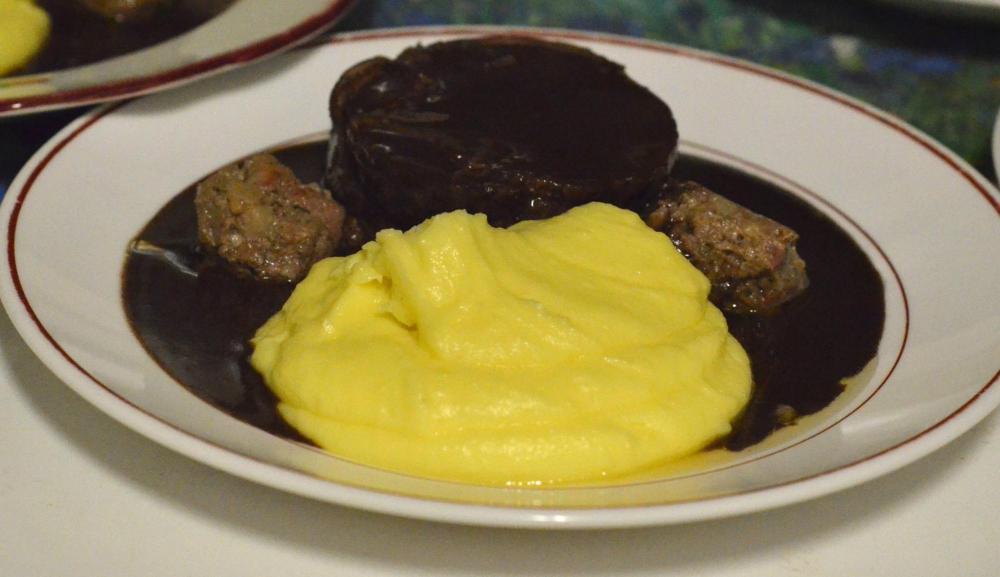
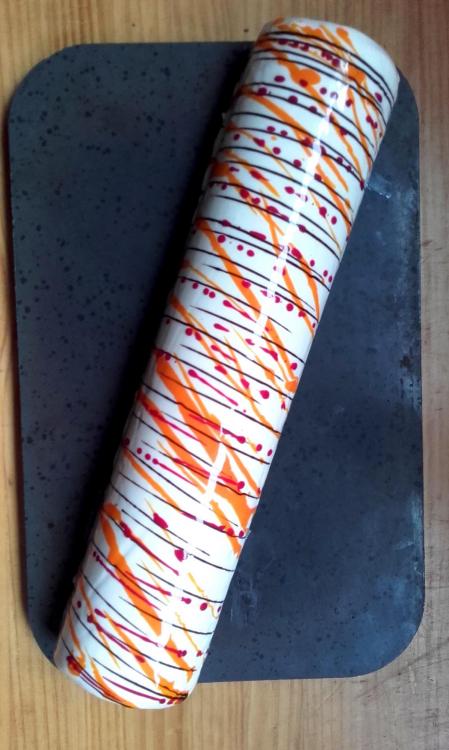
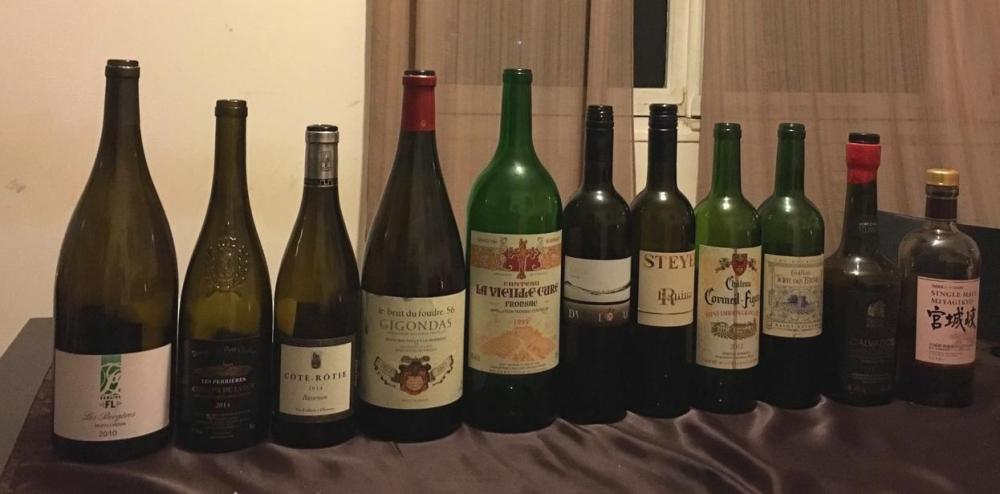
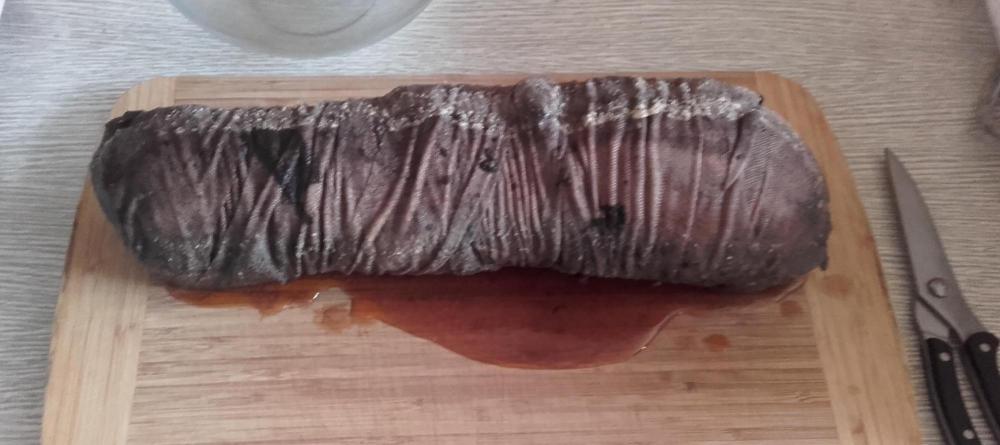
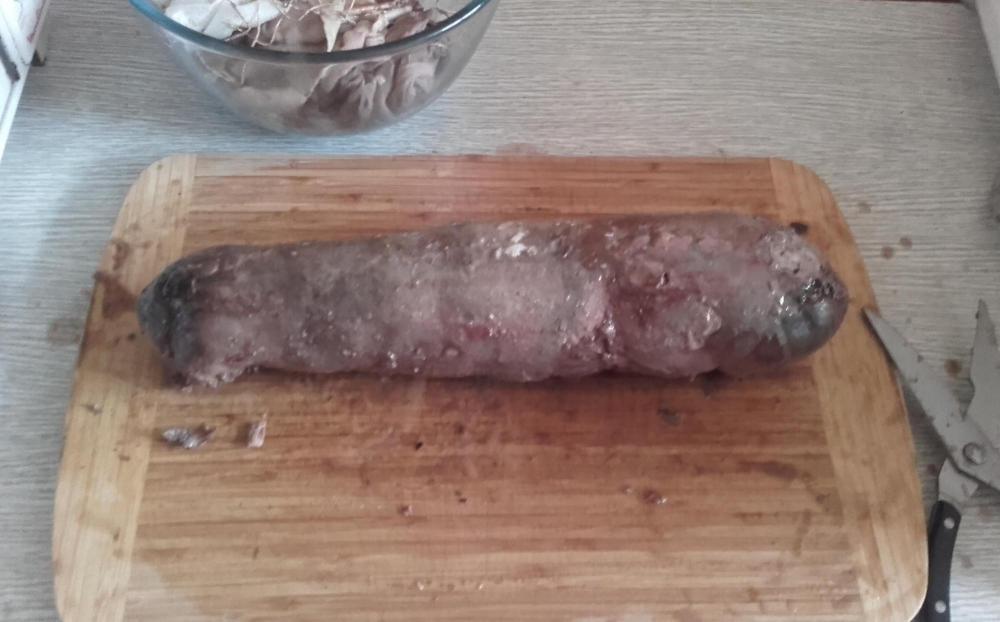

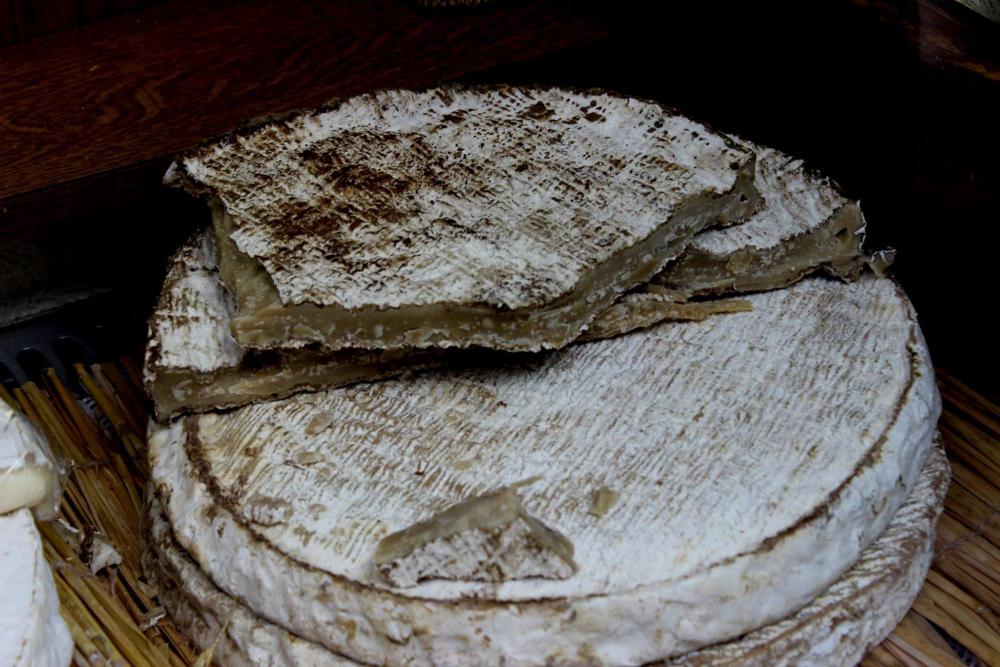
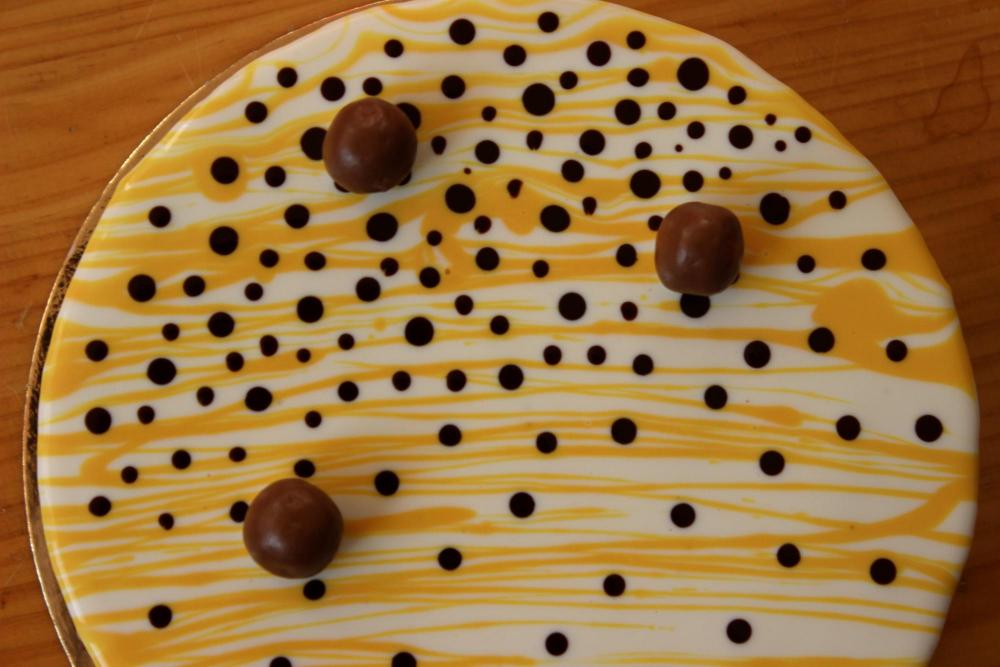
Can I microplane frozen foie gras without any previous salt preparation?
in Cooking
Posted
Where are you finding recipes for torchon that don't cook it? Every one I've seen has seasoning, then cooking. No pink salt, just ordinary salt and spices. With some booze, normally. I would have thought the texture of simply cured foie gras would be... unpleasant.
Experimental restaurants can often get away with serving things that would be... challenging... because they spend a lot of time and energy on R&D, because the dishes are very small, and because that's what people come for. Microplaned frozen foie gras may work well there, but it's not something I'd consider doing for guests.
Also, they almost certainly use the trimmings from other foie gras preparations to make this. It would be a shocking waste to microplane a whole liver. Sear it, man!